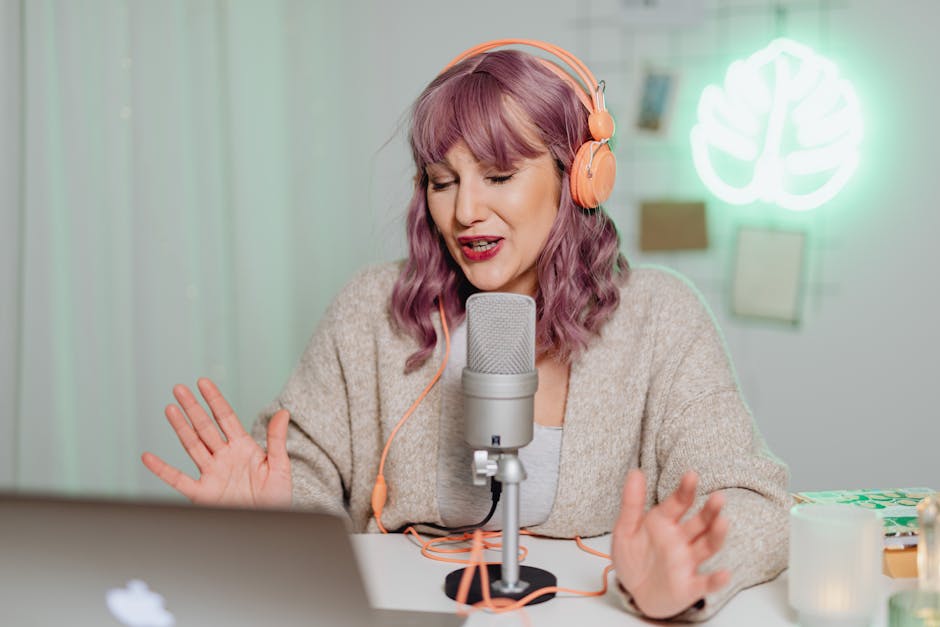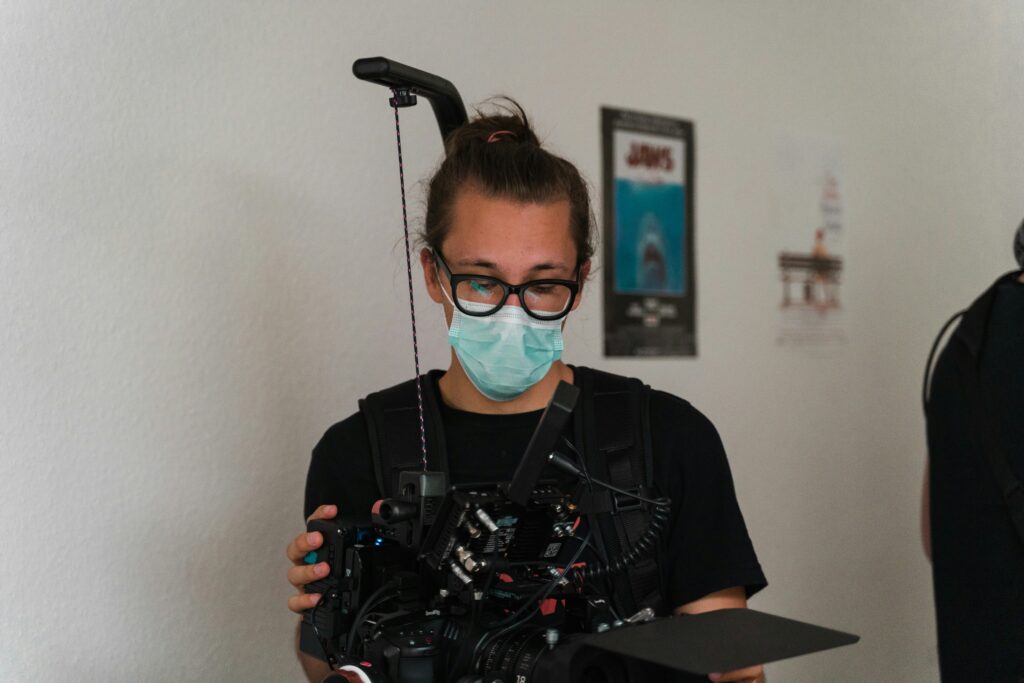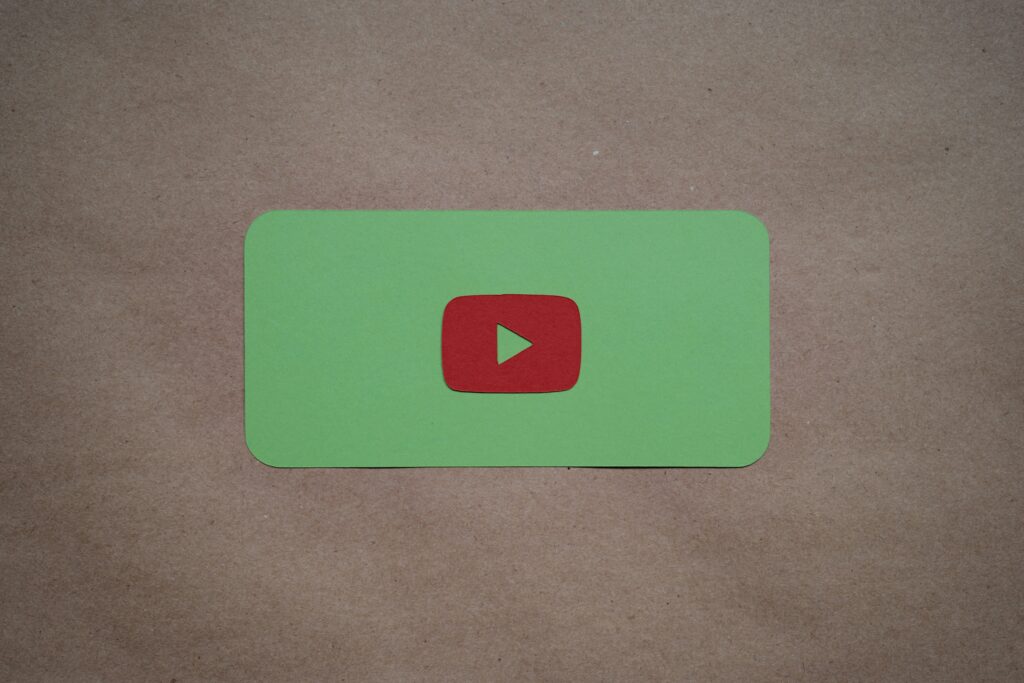Why Storytelling Matters in Vlogging
You can have crisp 4K visuals, smooth transitions, and the latest gear—but if your story’s flat, your audience won’t stick around. Storytelling is the glue. It’s what turns random clips into a connected experience. Whether you’re documenting a solo road trip or sharing your morning routine, there’s always a deeper thread to pull—something people can relate to, feel, or learn from.
It’s not about being dramatic or scripted. It’s about intention. A story gives your vlog direction—a beginning, a middle, and an end—even when you’re just filming everyday life. People come for the content, but they stay for the emotional ride. Get that right, and you build trust. You grow.
Still, among new creators, storytelling is often overlooked. Too much focus goes into videos looking good, not on why anyone should care. But once you learn to shape a narrative around even ordinary moments, your vlogs won’t just be watched—they’ll be remembered.
Technique 1: Hook Fast, Hook Smart
Online attention spans are brutal. If your vlog doesn’t grab someone in the first 3–5 seconds, they’re already gone. That means your hook—the opening—has to earn the next 30 seconds. And then the next minute. And so on.
So what works? A sharp question. A punchy statement. A confessional drop into a weird moment. Start with tension, mystery, or motion. Viewers want a reason to care, and they want it now.
Try these:
- “What happens when you leave your job with no backup plan? I’m about to find out.”
- “This is the most expensive mistake I’ve ever made on camera.”
- Cut to you sprinting through an airport with zero context.
The key is authenticity. Viewers are done with fake drama and bait-and-switch intros. Your hook should spark real curiosity, not eye-rolls.
Don’t overthink perfection—just make people feel something right away. Intrigue them. Surprise them. Drop them in so fast they have to keep watching to know what just happened.
Technique 2: Structure Like a Pro (Without Getting Boring)
In vlogging, attention is currency—and it’s scarce. That’s why the 3-act structure still works, but not in its old school, stretched-out form. Think of it like narrative calisthenics: light, tight, and always moving.
Start with a clear setup. Where are you, what’s happening, and why should a viewer care? Don’t fade in from nothing—drop people into a moment with purpose. Then bring in the challenge. Maybe it’s a missed train, a recipe gone sideways, or just a tough day you’re navigating. Conflict doesn’t have to be dramatic. It just has to matter to you—and feel real.
Finally, close the loop. Give some kind of resolution. Did you figure it out? Learn something? Decide to try again tomorrow? People stay for payoff, even a small one. Without this, your vlog fades into a shapeless diary.
Even the most mundane days have arcs—you just need to frame them. Keep tension alive by asking questions, hinting at outcomes, or pushing a bit of mystery. The structure isn’t a cage. It’s a scaffold. Use it to elevate the everyday.
Technique 3: Use B-Roll with Intent
B-roll isn’t just decoration. It’s the glue that can hold your story together—or the fluff that waters it down. The difference comes down to intent.
Too many creators shoot random b-roll just to “fill space.” Instead, think of each visual as part of the sentence. Ask yourself: Does this clip move the story forward? Does it support the mood? If your vlog’s about burnout recovery, shaky wilderness trails might work better than perfect sunny beaches. Match emotional tone with footage just like you’d match music or pacing.
Good b-roll is also strategic. Build a personal archive. Film your routines, streets around your area, slow zooms on objects that matter to your niche. These might not seem exciting now, but they’ll save you next time you need to add tension, rhythm, or atmosphere without scrambling for stock.
Tight storytelling isn’t just about what you say—it’s also about what people see while you’re saying it. Make every frame matter.
Technique 4: Show Vulnerability and Truth
Why Vulnerability Resonates
One of the most impactful ways to connect with your audience is by being real. Letting viewers see behind the curtain builds trust and loyalty in a way polished visuals alone can’t achieve. When you open up emotionally—even in small ways—you humanize your brand and remind viewers there’s a person behind the lens.
- Authenticity builds emotional depth
- Viewers crave relatability, not perfection
- Being real fosters lasting engagement
Curated vs. Candid: Finding the Balance
While vulnerability creates connection, it’s easy to swing too far and overshare. The key is to strike a thoughtful balance between what’s personal and what adds value to your audience. Aim for moments that reveal your personality, challenges, or growth, while still maintaining emotional boundaries.
Consider:
- Sharing lessons from failure, not just success
- Showing behind-the-scenes struggles in context
- Being honest about burnout, doubt, or motivation dips—without turning your vlog into a diary
Tips for Opening Up (Without Overdoing It)
Being vulnerable is a skill you can hone, not a free-for-all of personal info. Here’s how to do it with intention:
- Use storytelling structure: Frame personal stories with a beginning, middle, and takeaway
- Set emotional boundaries: Decide ahead what topics are on or off limits
- Remember your purpose: Ask whether the personal story serves your content or distracts from it
When done right, vulnerability becomes one of your strongest storytelling tools. It bridges the gap between creator and community—one honest moment at a time.
Technique 5: Layering Sound Like a Filmmaker
Audio is where a lot of vloggers quietly level up. It doesn’t shout for attention—but it controls how your video feels. Music, silence, and ambient sound aren’t just background—they’re story elements that shape emotion, pace, and tone.
Use music to introduce energy or underline a mood. Lo-fi beats work cleanly for daily vlogs, while cinematic scores boost travel or mindset content. But don’t overdo it. If every moment has a soundtrack, none of it stands out. Silence, used sparingly, makes viewers lean in. Let a pause breathe during a reveal, a twist, or a truth. It makes the moment land harder.
Ambient sound—like city buzz, birds, wind, or footsteps—grounds your vlog in reality. It’s authenticity without words. Even just a few seconds of raw audio can pull people into the scene.
Tools don’t have to be complex. Free apps like CapCut or DaVinci Resolve offer basic mixing. Sites like Epidemic Sound or Artlist can provide depth without breaking the bank. And don’t forget your phone can capture ambient layers if you’re missing them in your main audio track.
Bottom line: sound design isn’t just for filmmakers. Learn to listen while you edit, and your vlogs will hit harder without adding a ton of work.
Technique 6: Callbacks and Recurring Themes
Smart creators know their audience doesn’t just want content—they want connection. One of the simplest, most overlooked ways to build that is through callbacks. Mention that weird sandwich you tried in Tokyo again two months later. Reuse a phrase you coined in an early vlog. Reference your failed attempt at camping like it’s an inside joke—because once it’s shared, it is.
These moments build narrative threads. They give repeat viewers something to hold onto, something that makes your channel feel like a living, breathing world. It’s not about being overly clever. It’s about showing that you remember your own journey—and inviting others to be part of it. New viewers get curious. Loyal viewers feel seen.
Done well, recurring themes can turn casual browsers into real fans. Not because you edited like Spielberg. But because you made them feel like they were in on something. That’s the trick—keep storytelling personal, and make your vlog a place worth returning to.
Beyond the Lens: Developing Your Signature Style
You don’t need a million-dollar setup or a viral catchphrase. What you do need is a voice that’s unmistakably yours. Finding that voice isn’t about chasing trends—it’s about dialing in to what you honestly care about and how you naturally express it. That’s what cuts through the noise.
Start by leaning into what comes easiest. Are you dry and sarcastic? Chill and thoughtful? High-energy and unfiltered? Don’t tone it down—broadcast it. That’s what makes you worth watching. Avoid the trap of mimicking creators you admire. Borrow techniques and formats if they fit, but bend them to match your personality. If it feels like cosplay, rethink it.
Studying top vloggers is smart—there’s a reason they pull numbers. But don’t copy their style. Reverse-engineer their strategies, yes. Learn how they hook viewers, pace a story, or respond to feedback. Then shape those lessons around your own angle. When you show up consistently as yourself, people notice. And they stick around.
Final Thoughts: Consistency Wins
You can watch all the tutorials you want, but storytelling doesn’t unlock in theory. It gets better through doing—again and again. Real reps, real uploads, real feedback. That’s how you sharpen your cuts, tighten your arcs, and learn what actually resonates.
Perfection? Forget it. Viewers aren’t looking for Hollywood-level polish. They’re showing up for something real—a voice, a point of view, someone who brings them along for the ride. So if your lighting’s off or your b-roll’s shaky, don’t stress. Presence beats polish.
The creators who win are the ones who keep showing up. Regular uploads, steady improvement, stubborn persistence. Keep refining. The story evolves—you just have to keep telling it.
Explore more: Essential Content Ideas for Every Aspiring Vlogger


 As a co-founder of vlogedgevault Zorien Quenthos combines technical expertise with visionary leadership. His contributions spotlight the latest innovations in media technology, ensuring the platform remains a trusted hub for vloggers and digital creators.
As a co-founder of vlogedgevault Zorien Quenthos combines technical expertise with visionary leadership. His contributions spotlight the latest innovations in media technology, ensuring the platform remains a trusted hub for vloggers and digital creators.

